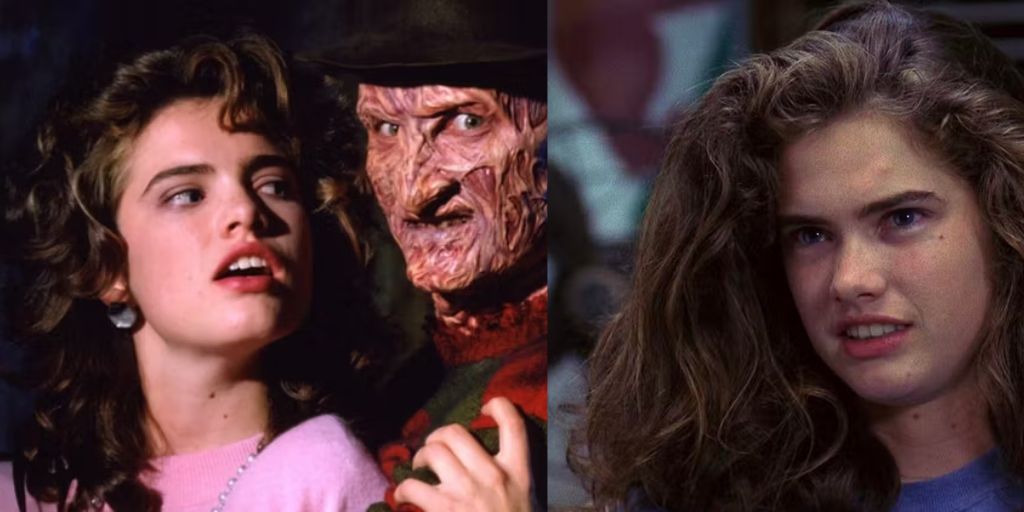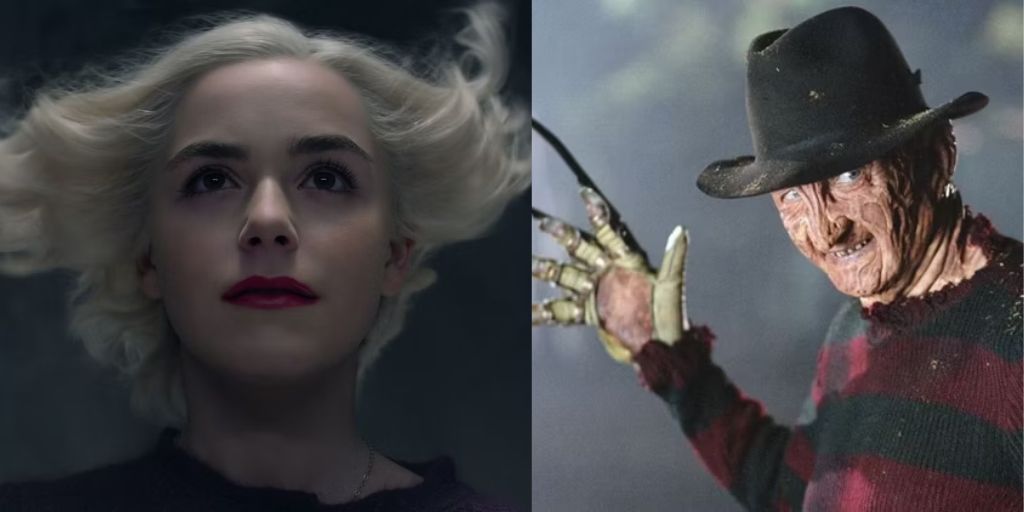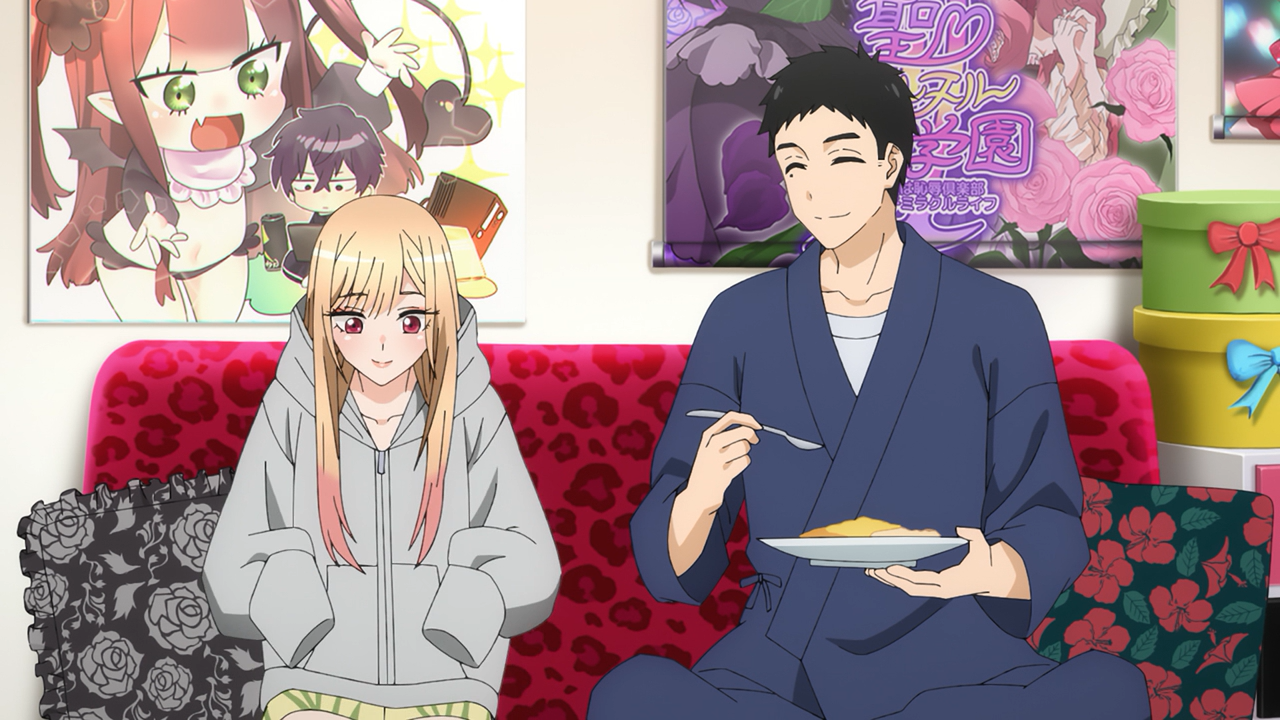Everyone’s favorite knife-gloved slasher, Freddy Krueger, might be based on a true story. Freddy, played by Robert Englund in A Nightmare on Elm Street, was inspired by real events, not just created by Wes Craven.
This adds an extra layer of fear to the concept of Freddy attacking people in their dreams, as a similar nightmare killer was causing real problems in the 1980s.
A Nightmare on Elm Street tells the story of teenagers who face a terrifying fate: a man named Freddy Krueger hunts them in their dreams. Krueger is a burned monster who kills people in their dreams, and those deaths happen in real life. To avoid being killed by Krueger, you must stay awake.
There are eight movies in the franchise, including the crossover film Freddy vs. Jason, and a 2010 remake, which some prefer to forget.
The franchise’s success also led to a four-hour documentary called Never Sleep Again: The Elm Street Legacy, a TV series named Freddy’s Nightmares, and a reality show concept called Real Nightmares with Freddy as the host. Freddy Krueger’s legacy is one of the most well-known in horror history.
‘A Nightmare on Elm Street’s’ True Story Story Inspiration
The LA Times played a big role in the creation of Freddy Krueger. Wes Craven, who started writing horror scripts without having seen a horror film, found inspiration for Freddy from an LA Times article. This article reported on a Cambodian family that had fled genocide.
The young boy in this family was terrified to sleep, fearing he would be killed by something in his dreams. He stayed awake for days and eventually died during a nightmare.
This story inspired Craven to create A Nightmare on Elm Street. Craven also saw other articles about similar unexplained deaths involving people from Laos and Cambodia. These articles described similar deaths but did not link them.
There is a history of Southeast Asian refugees dying in their sleep. This condition, known as Sudden Unexplained Nocturnal Death Syndrome (SUNDS), mainly affected young men from the Hmong ethnic group in Laos.

Between 1978 and 1981, 13 cases of nocturnal deaths were recorded, mostly between 10 pm and 8 am. In 1981 alone, 26 Hmong men died this way. Medics often found the victims with rapid heart contractions if they arrived in time.
There has been speculation about the cause of SUNDS. Some doctors suggested poor diet might be a factor, but this theory was quickly ruled out.
Another theory was exposure to chemical nerve agents during the Vietnam War, but this did not hold up. Some Hmong people thought spirits were punishing them for leaving their homeland. To this day, SUNDS remains unexplained.
SUNDS has also influenced Asian folklore. In the Philippines, where SUNDS has been reported, the condition is called “bangungot,” meaning “cursed dream.”
Folklore describes Bangungot as a vengeful spirit that suffocates men in their sleep. Known as Batibat in the Ilocano culture, this spirit is said to live in trees and attack those who use wood from her tree for their beds.
Bangungot has inspired modern horror. The Filipino horror anthology series Shake, Rattle & Roll features a story about a woman whose grandfather died in a nightmare, believed to be a Bangungot attack. The horror film The Medium explores the concept of “death in sleep” in Thai culture.
In the U.S., the legend of Batibat was included in Chilling Adventures of Sabrina, where the spirit haunts the characters’ dreams. Batibat also appeared in the Canadian series Lost Girl, seeking revenge after her tree is used for furniture.
Despite these influences, Freddy Krueger remains the most famous figure connected to this real-life phenomenon. The link between Freddy and the true story behind him is not well-known, partly because SUNDS affects mostly men. Freddy’s creator, Wes Craven, was inspired by a newspaper article, leading to one of the most successful horror franchises.
A Nightmare on Elm Street is currently available to stream on AMC+ in the U.S.




